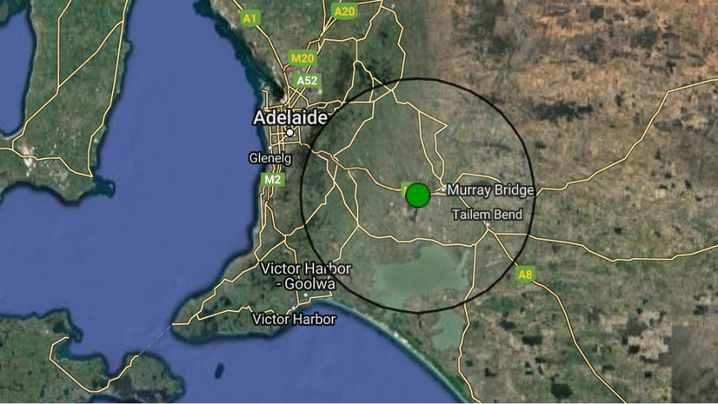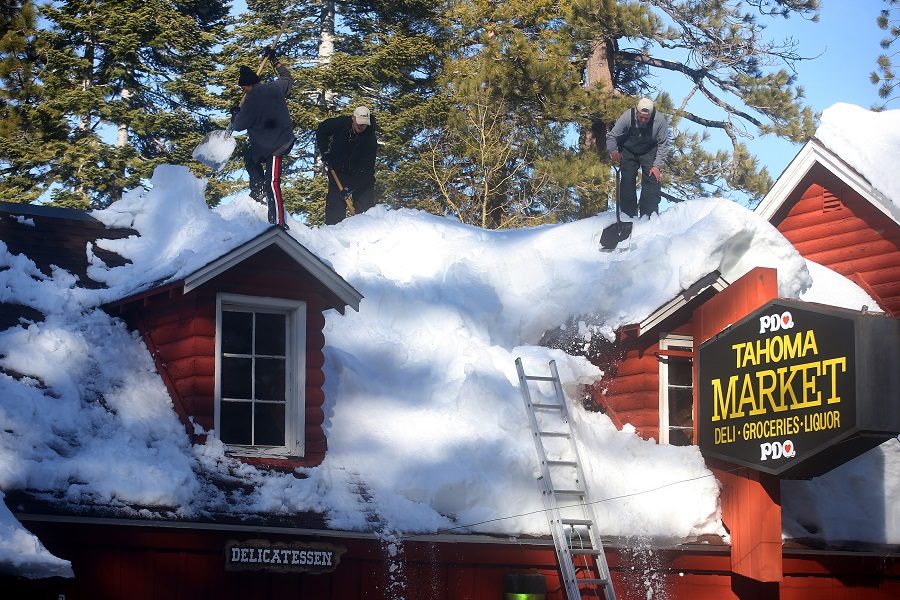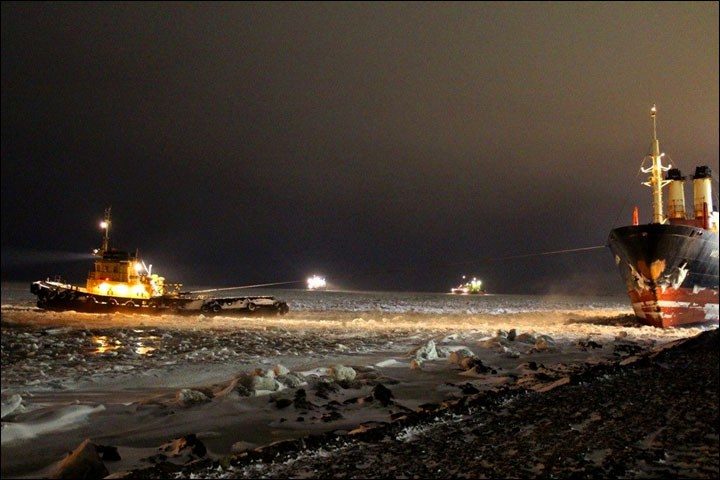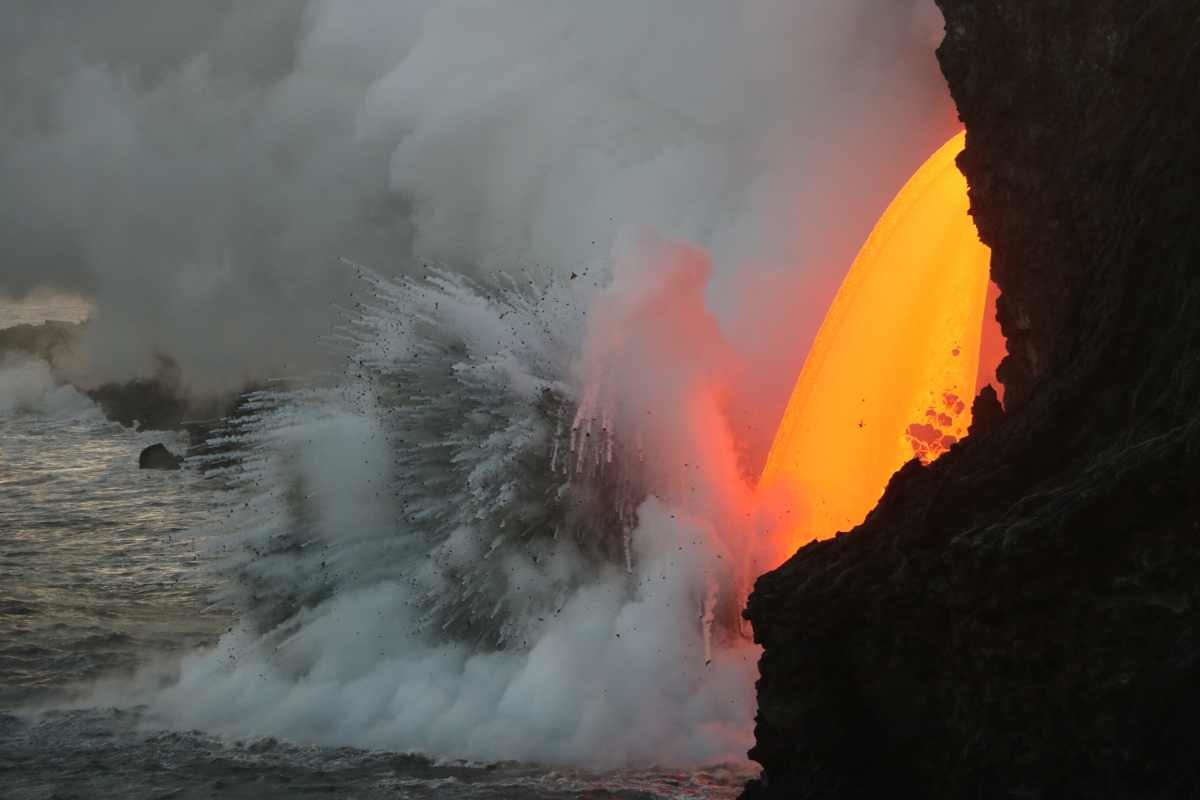
© Geoscience AustraliaThe earthquake struck near Murray Bridge.
Hundreds of South Australians are reporting a bumpy sleep after a modest 3.7 magnitude earthquake jolted a town southeast of Adelaide.
Geoscience Australia says the quake hit Murray Bridge shortly after midnight on Thursday and the tremor was felt within a 100km radius of the town, including in the state capital.
More than 600 people have notified the geoscience organisation to say they felt the jolt.
Senior Seismologist Hugh Glanville says it is the
second biggest quake to have hit the area in the past decade but is unlikely to have caused any damage.
The strongest before this was a 3.8 magnitude quake in 2010.
Mr Glanville says it is common for small aftershocks to follow a jolt of this nature within a few days or weeks and occasionally it is a precursor to a larger event.
"It's quite rare and unusual but it does happen in Australia and around the world from time to time, so we never rule that out," he told AAP.
Many people have taken to social media to swap stories of bumps in the night, with one woman in Adelaide saying she was "freaked out".



Comment: Geoscience Australia said the small quake hit at a preliminary depth of eight kilometres.